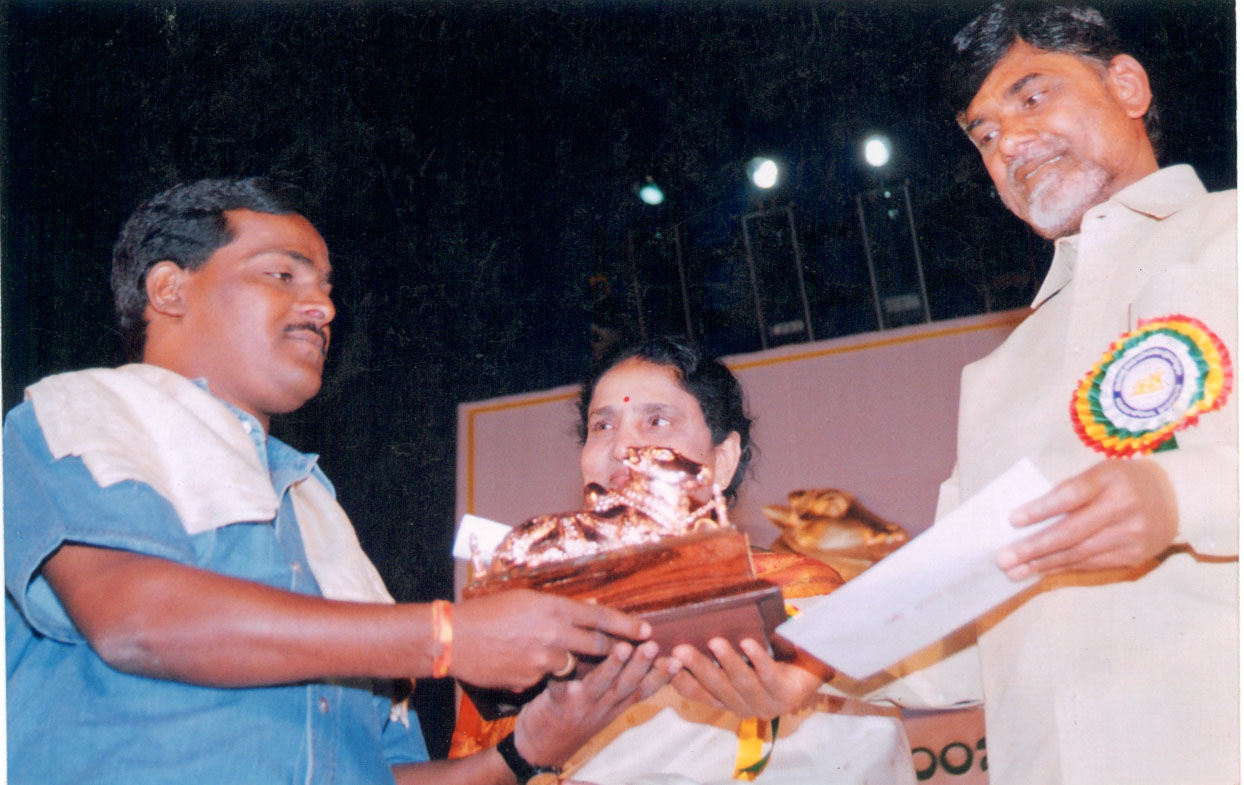Feature film Story narration is Plot
In narrative, a plot or storyline is the rendering and ordering of the events and actions of a story, particularly towards the achievement of some particular artistic or emotional effect.
A plot is "the arrangement of incidents" that (ideally) each follow plausibly from the other. The plot is like the pencil outline that guides the painter's brush (compare sketch), and as such can be distinguished from the story or narrative that is framed by the plot. When a plot is like the pencil outline that guides the painter’s brush, the story is comparable to the finished painting. Aristotle notes that a string of unconnected speeches, no matter how well-exhausted, will not have as much emotional impact as a series of tightly connected speech delivered by perfect speakers.
Aristotle used the term mythos to denote plot. The description is deceptively simple, because the actions are performed by particular characters in a work and are the means by which they exhibit their moral and dispositional qualities.
The concept of plot and the associated concept of construction of plot, emplotment, has developed considerably since Aristotle made these insightful observations. The episodic narrative tradition which Aristotle indicates has systematically been subverted over the intervening years, to the extent that the concept of beginning, middle, end are merely regarded as a conventional device when no other is at hand.
This is particularly true in the cinematic tradition, in which the folding and reversal of episodic narrative is now commonplace. Moreover, many writers and film directors, particularly those with a proclivity for the Modernist or other subsequent and derivative movements which emerged during or after the early 20th century, seem more concerned that plot is an encumbrance to their artistic medium than an assistance.
The main plot in a story is called the A-Plot. The B-Plot is another independent plot within the same story.
The term plot-driven is used to describe work in which a preconceived plot and climax is the main thrust of the work, with the characters' behaviour being moulded by this inevitable sequence of events. It is usually regarded as being the opposite of character-driven.
The chief character in a plot is a protagonist, and he or she is pitted against an antagonist.
There is a great variety to plot forms. Some plots are designed to achieve tragic effects and others to achieve the effects of comedy, romance, satire or any other genre.
Elements of Fiction
Plot is one of the five elements of fiction, along with character, setting, theme, and style. Of these five elements, character is the who, plot is the what, setting is the where and when, and style is the how of a story.
Typical plot structure
Initial situation - the beginning. It is the first incident that makes the story move.
Conflict or Problem - goal which the main character of the story has to achieve.
Complication or Rising action- obstacles which the main character has to overcome.
Climax - highest point of interest of the story.
Suspense or Falling action- point of tension. It arouses the interest of the readers.
Dénouement or Resolution - what happens to the character after overcoming all obstacles/failing to achieve the desired result and reaching/not reaching his goal.
Conclusion - the end result of the climax
Note that this is a simplification, and that not all stories follow this archetypal structure.
Srivenkat Bulemoni
Subscribe to:
Post Comments (Atom)






No comments:
Post a Comment